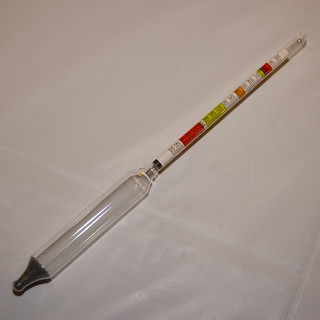Knowing and understanding grapes is absolutely essential to making good wine. After all these little berries are what it all starts with right?
By their very nature grapes are the perfect winemaking fruit. No other fruit contains the perfect amounts of sugar, acidity, and phenolic compounds to create such an amazing beverage. Any other fruit requires additional sugar or other ingredients to even produce alcohol.
Let’s get to know our little friend a little bit better. Shall we? Continue reading “The Anatomy of a Grape”


